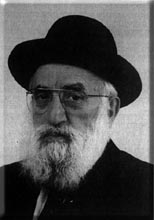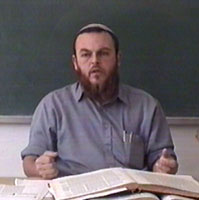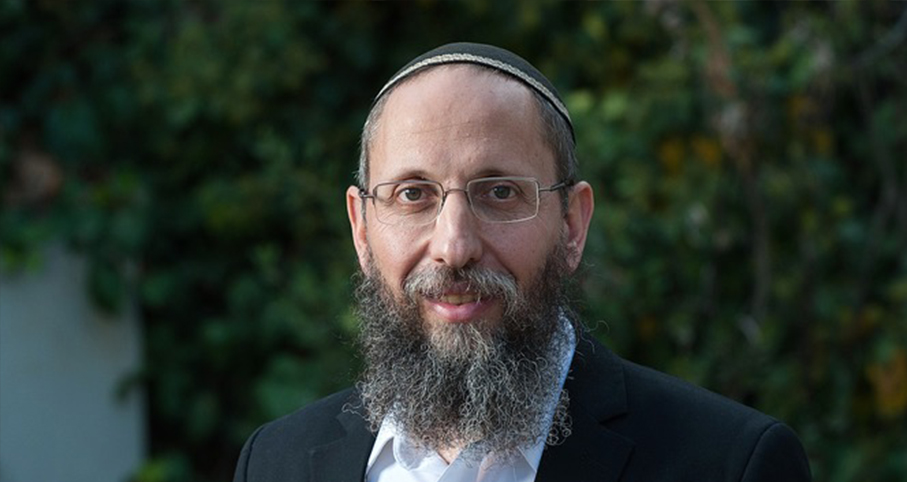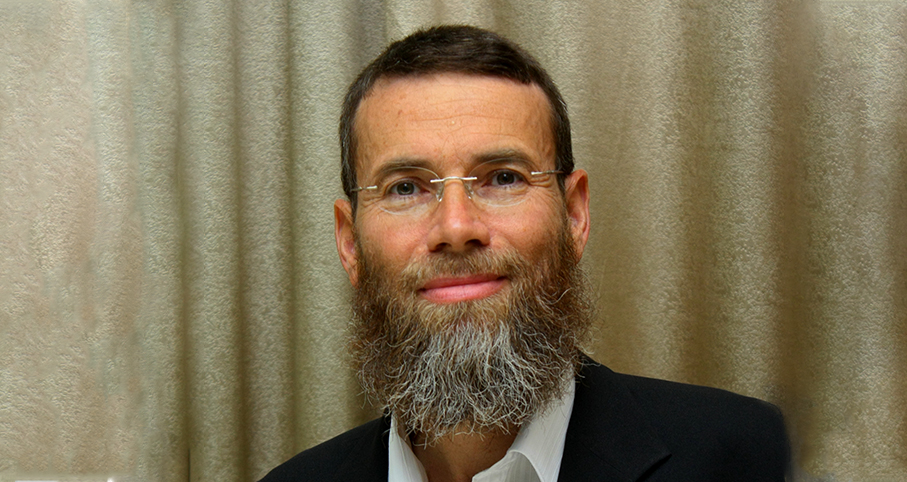Beit Midrash
- Sections
- Chemdat Yamim
- Parashat Hashavua
- Torah Portion and Tanach
- D'varim
- D'varim
The appointment of judges is hinted at as early as Parashat Beshalach (Shemot 15:23-25), right after yetzi’at Mitzrayim. The appointment of proper judges is spelled out in the pre-Sinai context of Parashat Yitro (ibid. 18:21-22). The commandment "for all generations" to make these appointments is found in Parashat Shoftim (Devarim 16:18).
Every organized society must build a system of justice that enforces the society’s rules. Because it is so basic, it is included in the system of seven Noahide laws. The more just the society’s laws will be, the higher the level of the society. A developed judiciary is also a sign of true spiritual and political independence. It sets the issues of the day from the perspective of values. The ability to enforce court rulings is a sign of complete sovereignty.
In the Kinot, which we recite on Tisha B’av, we will mention Rabbi Yehuda ben Bava among the martyrs. We know that he gave his life to preserve the institution of semicha (ordination) to serve as a dayan. The Roman Empire strove to eliminate it as part of stamping out Jewish nationalism. Mishpat Ivri (jurisprudence based on Halacha) without authentic semicha is limited. Without the "trick" of serving as agents of those with semicha from previous generations, we are almost unable to function at all.
At the time of the Great Revolt (66-70 CE) and at the time of Bar Kochva and R. Akiva, the Jewish people tried to achieve independence by use of the sword. Around 100 years later, R. Yehuda Hanasi did it with a quill. He decided to codify Halacha, including Mishpat Ivri, committing Torah Sheb’al Peh to writing, in the form of the Mishna. This made it possible to preserve the systems so that the judicial system could be reestablished when the time would come. 1,000 years later, the Rambam renewed the codification process with his Mishneh Torah. In order to solve the problem of a lack of s’muchim, he arrived at a wonderful (and controversial) proposal to renew semicha, which required a show of rabbinical unity. This would somewhat counteract the destruction, which came as a result of baseless hatred. Some 300 years later, Rav Yosef Karo felt the approach of the Liberation, and therefore he embarked upon another great project of canonization and was joined by Rav Moshe Isserles, in creating the Shulchan Aruch. At the same time, he was among the rabbis of Safed who tried to act on the Rambam’s ruling and renew semicha. They failed because they did not reach the level of unity in their actions, to make their idea accepted by the rabbis of Jerusalem.
In 1948, the new Knesset established a system of law for the State of Israel based on the Ottoman and British law systems (which were to a great extent created at the time of Rav Yosef Karo). We hope that our continued actions, at Eretz Hemdah, will contribute at least to a small degree toward the reinstatement of Mishpat Ivri for the Jewish community. Let us experience the fulfillment of "I shall return your judges as originally and your counsel to the way it was at the outset; afterward it will be called the City of Justice, a trustworthy city" (Yeshaya 1:26). Then we will be fit to be a model of behavior for the entire world (see ibid. 2:2-3).

Parashat Hashavua: From Paroh to Hamas and Iran – In Those Days at this Time
Rabbi Yossef Carmel | Kislev 5786

Parashat Hashavua: “All Creation Will Know” – part III
Rabbi Yossef Carmel | Av 5785

Do Not Desecrate the Land
Rabbi Yossef Carmel | Tammuz 5767


























